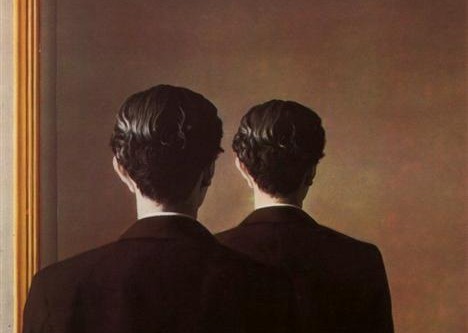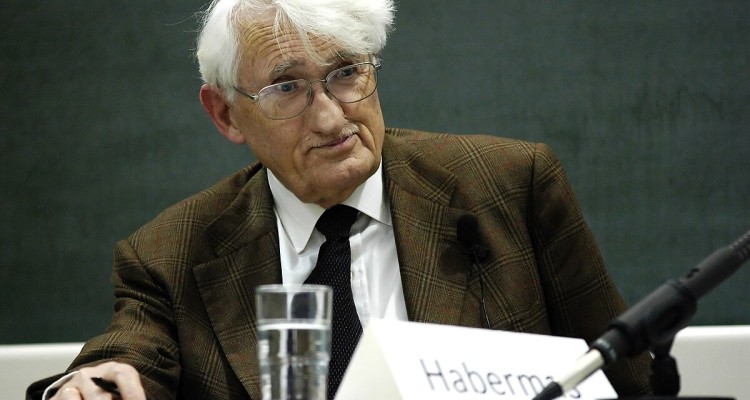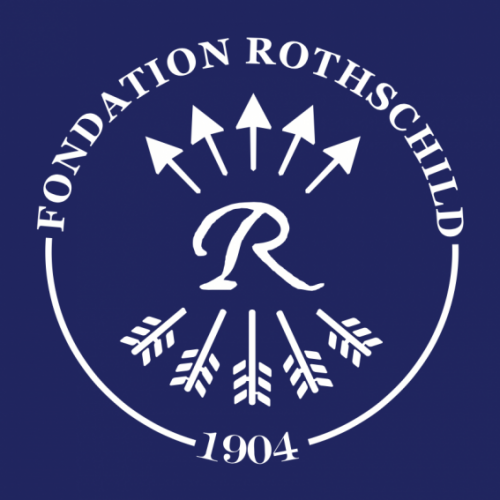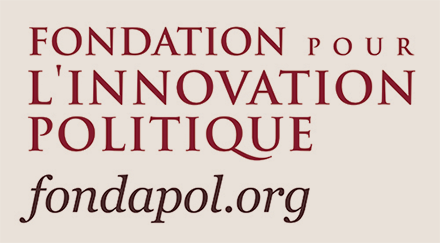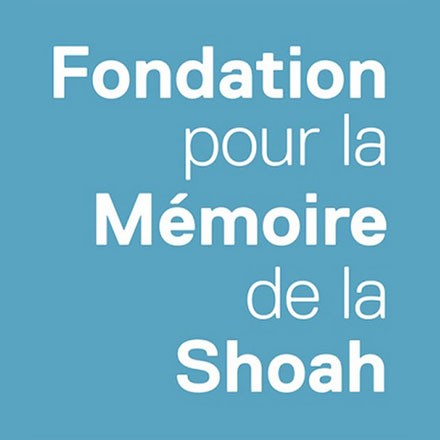In the early 2000s, a radical left-wing magazine referred to the Kabbalah tradition and took a Hebrew name: Tiqqun. The magazine only had two issues, but it constituted the matrix of the Invisible Committee (collective author of The Coming Insurrection) of which Julien Coupat, arrested during the Tarnac affair, was a central figure. How did a virulent critique of liberal democracy and capitalism originate in a tradition of Jewish esotericism?
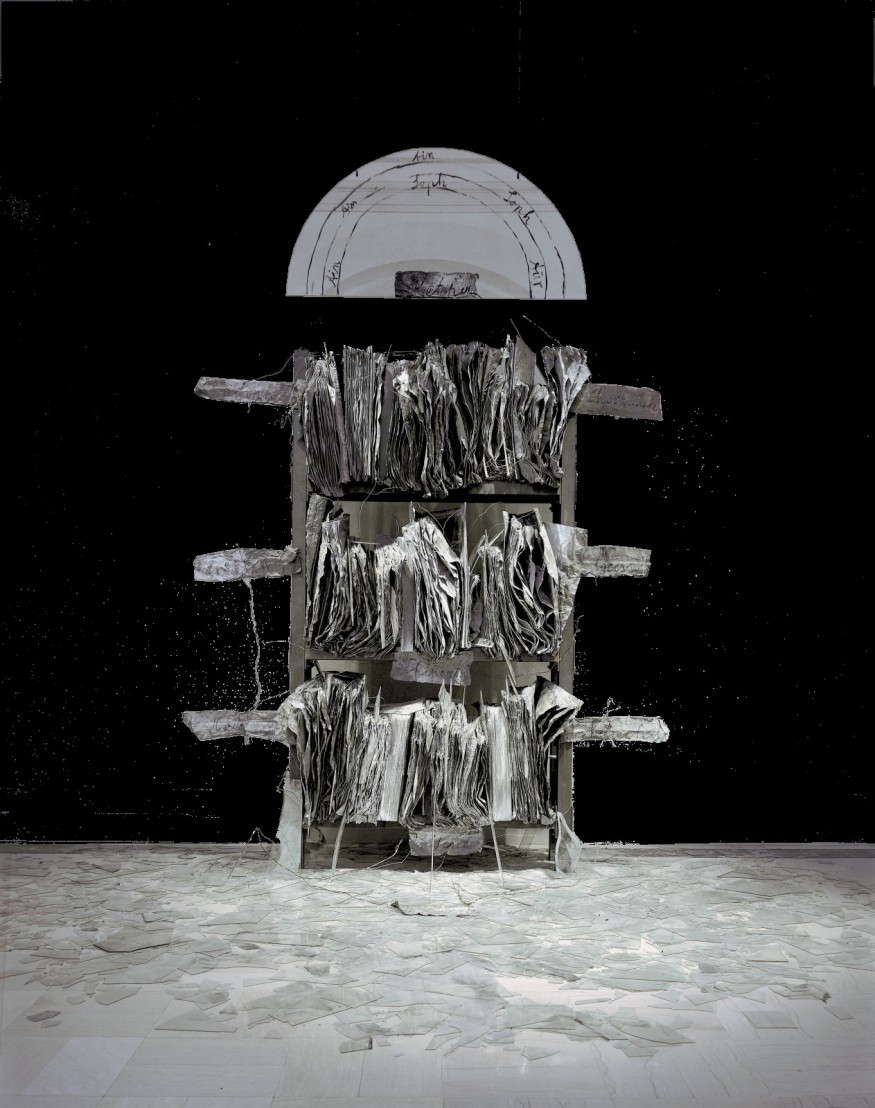
On 11 November 2008, all the cameras were focused on a small town on the Millevaches plateau in central France: Tarnac. A vast police operation was underway to arrest nine members of a community of neo-ruralists, described as an “ultra-left-wing terrorist organisation”. This is the beginning of the so-called “Tarnac affair”, whose origins go back to the discovery by Alain Bauer, President Nicolas Sarkozy’s terrorism advisor, of an inflammatory pamphlet against the “capitalist system”, The Coming Insurrection, written by a mysterious “Invisible Committee” that the nine defendants are accused of forming. At the centre of attention is a certain Julien Coupat, described as the group’s ideological guru. His life is scrutinized by the media, which exhume a publication – until then confined to a very restricted militant milieu – in which he actively participated: the Tiqqun journal (1999-2001).
This publication, which had two issues, shares many common points with the later writings of the Invisible Committee, and in fact seems to constitute its doctrinal matrix. A troubling matrix, since it explicitly articulates a language and religious references (mainly Jewish esotericism) with a virulent critique of the alliance of liberal democracy and capitalism in its neoliberal form. This unusual mixture is quite surprising, since modern common sense sees a fierce antagonism between religious and revolutionary thought, religion and critical theory constituting two irreconcilable points of view on the world and on politics, which Auguste Blanqui’s famous “Neither God nor Master” seems to summarise. However, we should not think of the religious as a thought whose only political horizon is reaction or coercion: to reduce it to this is to forget all the revolutionary events that find their inspiration directly in sacred texts (the millenarianism of Thomas Münzer in the 16th century, for example, whose motto was “Omnia sunt communia”, “everything is common”) – but it is also to neglect the work of thinkers who have sought to found emancipation theories from religious material. There is, for example, a whole generation of Jewish thinkers whose writings are resolutely turned towards political and social emancipation: Franz Rosenzweig, Martin Buber and, of course, Walter Benjamin, whose Marxist thought is “completely imbued” with theology, as he himself put it.
Having said this, it should be noted from the outset that Tiqqun is a singular object, in that it is not an academic work intended for a public of philosophers, nor a simple treatise on political theory: it is rather a manual for action – and a manual for action that brandishes, like a banner, an obscure esoteric tradition of Judaism, more than five hundred years old: the Lurianic kabbalah. The title of the magazine, in fact, is simply the French version of tikkun (תיקון), the essential concept of the tradition in question; tikkun is literally “repair” or redemption. The ostentatious mobilisation of Lurianic Kabbalah by a radical left-wing publication, which is directly addressed to the militant milieu, seems quite unprecedented. In what way(s) can an old Jewish esoteric tradition inform a political theory that seeks to develop tools for thinking about the struggle against “capital-parliamentarism”, to use the term coined by Alain Badiou?
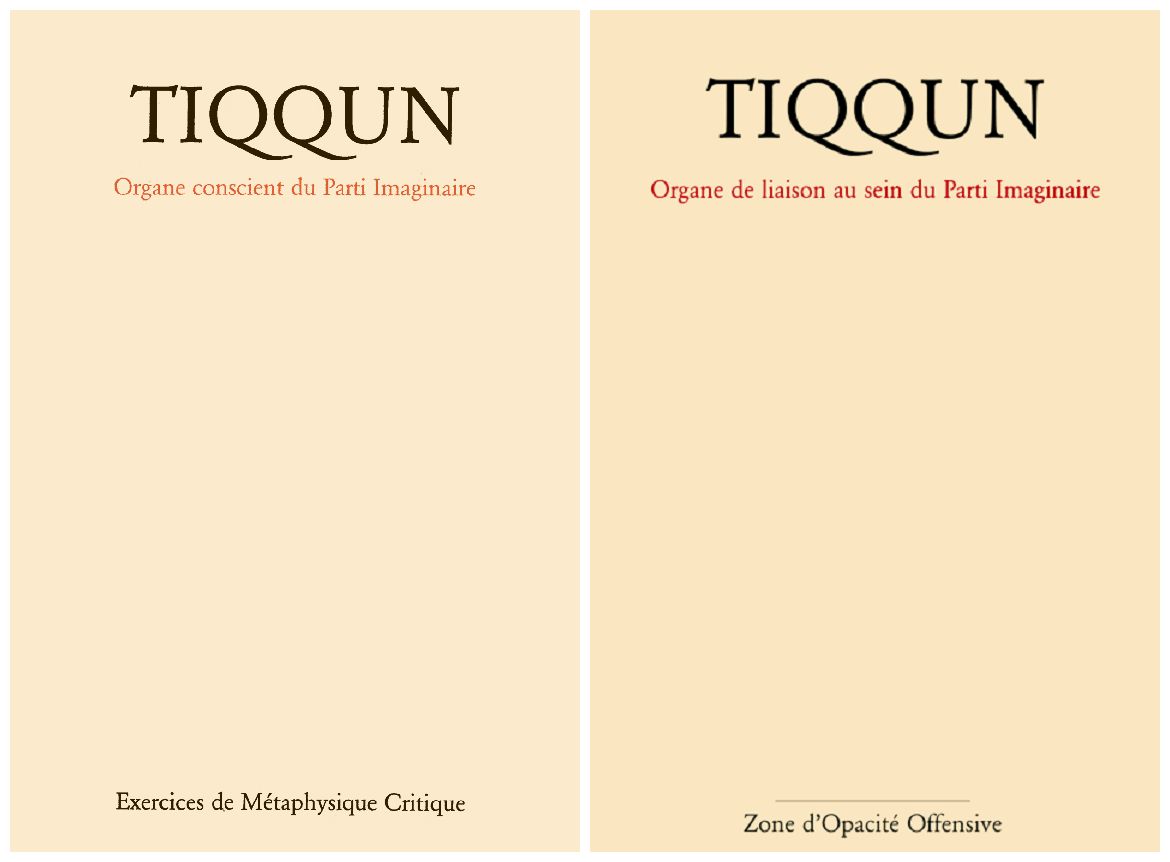
Theoretical thaw and diversions via the religious dimension
The function played by the Lurianic Kabbalah in the writings of Tiqqun is far from being unambiguous. The conditions of the journal’s genesis shed light on a first aspect of this particular theological-political figure formed by the alliance of Jewish esotericism and radical politics.
Tiqqun was born at the very end of the 1990s, in the midst of the so-called “unemployed” movement. This period saw the return, in France and elsewhere, of social struggles to the political scene. While the 1980s and early 1990s were marked by a clear decline in revolutionary theoretical production, by a real decline in protest practices and, in parallel, by the triumph of neoliberal ideology on a global scale, a “theoretical thaw” began in the middle of the last decade of the millennium. This thaw was accompanied by a revival: the revolutionary thinking that emerged between the end of the 1990s and the beginning of the 2000s was characterised by its propensity to mobilise non-canonical, heterogeneous references, not yet worn out by tradition. Religion in the broadest sense is then perceived as a fertile material, and inspires new theoretical and militant productions – Julien Coupat will even go so far as to declare, during the colloquium on Marx organised in Nanterre in 1998: “(…) Criticism has no use for doctors of sociology (…), because it needs poets and theologians from now on”. This statement may be provocative, but it expresses quite well the atmosphere that presided over the birth of Tiqqun. But why did the journal’s editors set their sights on this obscure esoteric tradition, and not on the more consensual figures of Paul and Jesus like Zizek and Badiou at the same era ?
Plates of pasta at Giorgio Agamben’s
Before going further into the analysis of the conceptual richness of this particular tradition, it is necessary to return to a figure who played a very important intellectual and material role for Tiqqun: Giorgio Agamben. As a witness from the time notes: ‘They [Tiqqun] often met at Giorgio Agamben’s flat in Paris. They would steal from organic shops, Agamben would make them pasta, they would take three hours to choose a word, it was funny to watch them. (…) All of them were bound by a real devotion to Agamben”.
The Italian philosopher, a specialist in Walter Benjamin and Jacob Taubes, is very interested in the infiltration of theology into politics and, more specifically, in the critical charge of messianism. He is also quite familiar with the Lurianic Kabbalah, and his book The Coming Community. Theory of the Singularity of Some Kind, published in 1990, makes direct reference to it: one chapter is even entitled “Shekinah” (שכינה, Divine Presence).
The general idea developed by Agamben, who bases his analysis on the aggada of the Talmud which tells the story of the four rabbis who enter the pardes (paradise), is that Rabbi Aher’s “cutting of the branches,” which he says corresponds to Adam’s isolation of the Shekinah in the Garden of Eden, is paradigmatic of the process of empowerment of language in contemporary society. The cutting of the branches in the aggada is the isolation of the word (the Shekinah) from the “latency of revelation”, i.e., revelation (the divine word) is dissociated from what is revealed, from the divine essence. Agamben transposes this dissociation to the spectacular age, in which language no longer communicates any essence, but functions self-referentially.
This analysis is paraphrased in the first issue of the journal. It is therefore likely that Giorgio Agamben is no stranger to the mobilisation of this tradition by the members of the Tiqqun collective, this time within the framework of a new theory of emancipation that aims to reorient revolutionary praxis. That said, we should not imagine that the Italian philosopher is the sole inspiration for this mobilisation: during the time period surrounding his meeting with Agamben, Julien Coupat apparently stayed in Israel for six months, with the aim of learning “Kabbalistic Hebrew. »
What is the Lurianic Kabbalah?
In order to understand what is at stake here, it is first necessary to quickly recall what this Kabbalistic tradition, developed by Isaac Luria (1534-1572) in the sixteenth century, is fundamentally based on. Three concepts, or main moments, give rhythm to Luria’s cosmology: the tzimtsum (צמצום), the shevirat ha-kelim (שבירת הכלים) and the tikkun (תיקון).
Tzimtsum corresponds to God’s (or Blessed Infinite, En Sof) act of self-limitation, which, by contracting, frees space for Creation. God, who is everything, creates from himself a part, a nothingness, which is called tehiru. Into this nothingness is sent divine light (kav), which transits through “vessels” (the ten sephirot); for the most part too fragile, they break under the effect of the divine intensity: this is the shevirat ha-kelim, or “the catastrophe of the breaking of the vessels”. Some of the light returns to En Sof, but some remains attached to the shards of the broken vessels (the qelipot), which fall into the tehiru to create matter. Now, the qelipoth, which feed on the divine light thus imprisoned, are evil. Therefore, the whole point of the redemptive process, which is tikkun, is to proceed to the liberation of these divine sparks trapped in matter, in order to restore the perfect union between God and his creation. This task falls to mankind – first and foremost to the first of them, Adam, who fails in his mission and is ejected from the Garden of Eden. In his fall, he chains all future generations to the world of the qelipoth; and it is up to them to “repair” creation, to redeem it, notably through theurgic operations and prayers.
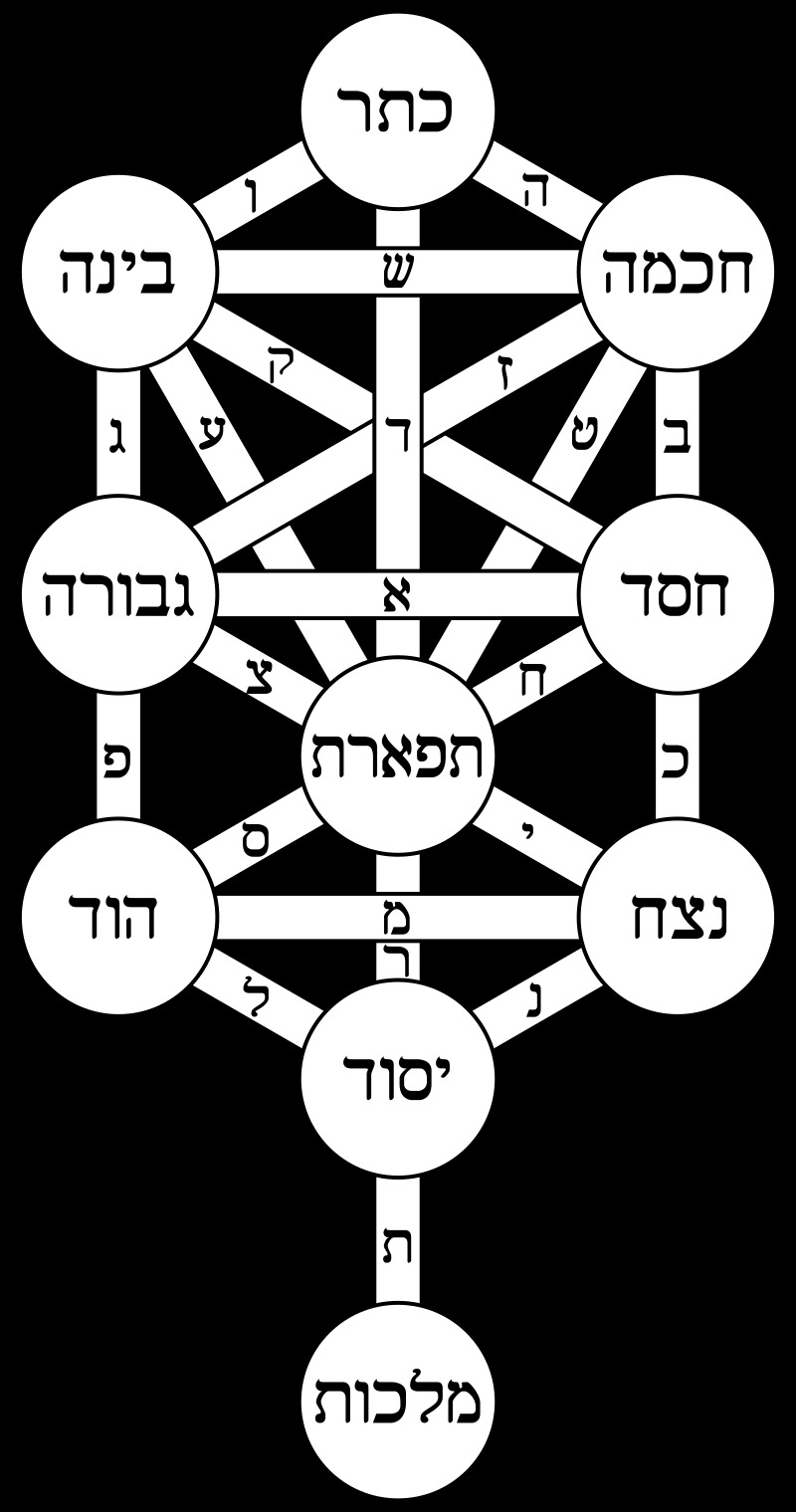
Intransitivity of the revolution and active messianism
For the writers of Tiqqun, the world is first and foremost an evil world; it is the world of the “Empire”. It is explicitly associated with the world of the qelipoth described by Luria. This world must therefore be redeemed, and it will be through political action. But how can we rethink revolutionary action, even though the twentieth century saw the failure of the classical revolutionary model? This model was based on several presuppositions: that an enlightened vanguard should take the lead in the revolutionary movement, that this vanguard should be embodied in a party, and that its mission was to seize the state apparatus – a necessary precondition for the implementation of a communism which could, in the end, do without any state structure. That is, in this conception, revolution is a project to be carried out by professional revolutionaries. Translating this model into religious terms, we could say, mutatis mutandis, that redemption lies in the hands of a Messiah (the Party), who will bring about the Earthly Paradise once the time is right (at the end of time).
The political theory developed in Tiqqun is quite different, as it promotes an autonomist model that breaks with the classical Marxist-Leninist model: seizure of power is no longer a stake in the revolutionary struggle; the revolutionary project no longer aims at the state apparatus, as power is no longer concentrated there. Taking note of Foucauldian theses on the immanentization of power (power is no longer found in institutions, but is disseminated within bodies and minds, it circulates within social relations, just as divine sparks are disseminated in the world), the so-called “communization” theories abandon the idea that a new cultural hegemony must be imposed. In Tiqqun, communism is rather a matter of territory: emancipation results from a subversion of social relations on a local scale, it results from a practice of reappropriating life through a reappropriation of the land. It is the model of the commune that is invoked here, the ideal type of which is the ZAD. This reversal in the conceptualisation of revolution has a major consequence: emancipation is born of a revolutionary praxis that is lived in the present, of practices that do not project their finality (the establishment of communism) into an indefinite future. Revolution is here and now. There is thus an immanentization of emancipation and a dissemination of revolutionary practices over the territory: there is no longer an enlightened vanguard which must take control of “Winter Palaces” which have become empty, but affinity groups which must take charge, according to their own rules, of subverting portions of territory
There is an intransitivity of emancipation. And it is precisely the Kabbalistic matrix that allows Tiqqun to think of revolution in terms of a temporality that no longer pushes liberation into a future that is never there. The redemptive process is in fact no longer linked to the action of a Messiah who will bring the Kingdom in an indeterminate future, but it rests first of all in the hands of each man, who has the task – here and now – of redeeming the matter that is evil (the qelipoth). The tikkun is therefore literally at hand, it is offered in the imminence of the present because it depends on human action. Kabbalistic messianism is thus an active messianism; as Gershom Scholem notes in The Great Currents of Jewish Mysticism, quoted in the first issue of Tiqqun: “We are [in the Lurianic conception] masters of our destiny and, in the end, responsible for the continuation of exile”, that is, in this case, exile in the world of the qelipoth, which according to the editors of the journal is the world of the commodity, the world of the Empire. To come out of exile (emancipation-redeemation) is to liberate territories subjected to the diktat of the commodity and the relationships it imposes, just as it is, in the Lurianic conception, to liberate the divine sparks trapped in matter.
Gnosticism, nihilism, apocalypse
But this conception of revolution, which is inspired by the active messianism of the Lurianic Kabbalah, is coupled with a form of Gnosticism: the world is evil, it must be saved, the divine essence must be found behind/in what is there. It thus carries a perspective of radical devaluation of the world, which can lead to a form of nihilism. And just as the Lurianic Kabbalah may have found one of its historical outcomes in messianic movements with apocalyptic tendencies, Sabbataism and Frankism, the political theory developed in Tiqqun is also sucked into a nihilistic-apocalyptic pole. This parallel is highlighted by the editors of the journal themselves, who write in the first issue: “(…) possibilities are opening up that had been lost since the millenarian uprisings and Jewish messianic movements of the seventeenth century”.
Sabbataism, named after Sabbatai Tsevi (1626-1676) and Frankism, named after Jacob Frank (1726-1791) radicalise the idea that redemption can happen here and now, and that it is up to man himself to precipitate it. Nathan of Gaza, Tsevi’s appointed prophet, believed that tikkun could only result from a plunge into evil, i.e. from the extraction of the divine sparks most deeply embedded in him: this is the doctrine known as “redemption through sin”. This doctrine leads to the injunction to commit transgressive acts, “strange acts”, which go against the Jewish laws. Tsevi’s successor, Jacob Frank, went even further. He develops a vitalist ethic of destruction that tends towards pure nihilism. He believes that it is from destruction that life is born and, as he himself writes in his Sentences of the Lord: “The only reason I came to Poland is to sweep away all laws and all religions, and my desire is to bring life into the world”.

The apocalyptic devaluation of the world that exists in a latent state in Lurianic Kabbalah, and which is radicalised by Jewish messianisms, is completely assumed by Tiqqun, as these quotations testify: “[the trained eye can guess] the messianic expectation of the catastrophe, of the moment of truth that will finally put an end to the unreality of a world of lies. On this point, as on many others, it is not superfluous to be Sabbatean”, or again “in the Spectacle, the Imaginary Party does not appear as the work of men, but of strange acts”. But if in the above-mentioned messianisms transgression and destruction remain mainly confined to the world of Jewish law, the radical negation carried by Tiqqun targets the world of the commodity, that is to say the whole world (or quasi) . If the world of the commodity is bad, if the world of the Empire is indeed the world of the qelipoth, and if it screens the “worlds of truth” that are the revolutionary communes, then tikkun, which is here political and social emancipation, can only be achieved at the end of a process of destruction. In the political theory developed by Tiqqun, violence has a soteriological function – that is, it is a condition for redemption. Everything that contributes to chaos is viewed favourably; all acts of violence, whether motivated, absurd or outrageous, are integrated into the process of liberation: mass killings, political or religious attacks, suicides, assassinations and “the confused set of gratuitous and isolated criminal acts whose perpetrators do not possess the meaning. (…) Each of these murders without motive or designated victim, each of these anonymous sabotages constitutes an act of tiqqun”. This is why Tiqqun members welcomed the news of the 11 September 2001 attacks with unconcealed enthusiasm. As one person close to them reported at the time: “On 11 September 2001, all the Tiqqun members were in Italy. They see the images on TV. They go to celebrate, drink, have fun, etc”.
A messianism that is a new way of living in the world
All this being said, the apocalyptic tendency that is at work within the political theory developed in the journal does not necessarily resolve itself into a radical negation of the world, into a pure and simple nihilism. The messianic tension that works in the Kabbalistic matrix of Tiqqun, the imminence of redemption that it allows to be conceived, rather than founding a nihilistic mechanics of destruction-creation, can lay the foundations for an emancipation that is a new experience of the world.
In Tiqqun, the Empire is determined by a principle of disintegration that is coming to an end, and for which the catastrophe, the apocalypse, can only constitute the only horizon: “the Empire is effectively the ultimate stop of civilisation before its terminus, the last extremity of its agony”. However, the prospect of apocalypse, of collapse, rather than the end of time, may in fact correspond to an end-time that opens up new possibilities. There is no longer any point in destroying everything, since everything will be destroyed anyway. It is therefore necessary to take note of the announced catastrophe and to put in place, without further delay, the revolutionary way of life. It is precisely because the world as we know it is doomed to disappear that we must act “as if” it were no longer there, that we must live emancipation here and now. The proximity of the apocalyptic event encourages us to inhabit it differently. The Empire is still there, but it is rendered obsolete by the fact that the world never stops ending. Redeeming the world means living in it as if it no longer existed, without trying to destroy it. There is no post-apocalyptic afterlife of the Empire that would be embodied in a new cultural hegemony. In short: there is no utopia, no transcendence, but only a transformation of the world in the present time.
This idea is reminiscent of a Hasidic description of the ‘world to come’, presented by Giorgio Agamben in The Coming Community:
‘There everything will be precisely as it is here. Our room will remain in the world to come as it is now; where our child sleeps now, that is where he will also sleep in the next world. And the clothes that we put on in this world, we will also wear there. Everything will remain as it is now, only slightly changed’.
But the notion of the world to come no longer has any meaning in Tiqqun’s conception of emancipation: the world to come is the world as it is, but whose meaning has been displaced. The revolutionary commune does not destroy the world of the commodity, it deposes it from within by establishing a new relationship to others and a new relationship to things. As a Kabbalistic parable indicates:
‘In order to establish the reign of peace, there is no need to destroy everything and give birth to a completely new world; it is enough to barely move this cup or this shrub or this stone, doing the same for everything’.
Back to the land
If a third issue of Tiqqun was initially planned, the internal dissensions of the group, which crystallized on the evening of September 11, 2001 in Giorgio Agamben’s Venetian home, got the better of this project. However, since ‘Tiqqun (… ) is not an author, neither singular nor collective’, but rather ‘a means, a means in the forceful constitution of a position’ and that ‘the mention Tiqqun on the covers only indicates, among a thousand other possibilities, the location of a point of the mind from which these writings emanate’, then it is not surprising to see it reappear, in other forms, after this dissolution (in a short film published on the internet in 2001 ; in a text entitled L’Appel (Call); in the subsequent publications of the Invisible Committee and in other texts relating to the Gilets jaunes movement or to the health crisis linked to the COVID-19 pandemic).
In all these post-Tiqqun publications, direct references to the religious element have almost completely disappeared. It has been absorbed like blotter absorbs ink, it has gone back into its hiding place, like the dwarf in the machinery of the chess-playing automaton, to use the analogy used by Walter Benjamin in his Theses on the Concept of History. But the Kabbalistic matrix used by Tiqqun continues to infuse these texts, which have marked a whole generation of activists and which continue to produce effects in practice: the ZAD form, the model of the commune so celebrated in the two issues of the journal Tiqqun and in the publications that followed, has gained ground on the old Marxist-Leninist strategy. The struggle has effectively moved to the heart of territories, and its stake is the revolution of social relations. Its objective is to build communism in practice, to make it happen without delay, on a local scale – its objective is to repair the world by subverting, progressively, more and more parts of the Empire.
Hugo Latzer
Hugo Latzer is a professor of philosophy and an independent researcher. His interests include theological-political figures and the critical charge of messianism.

